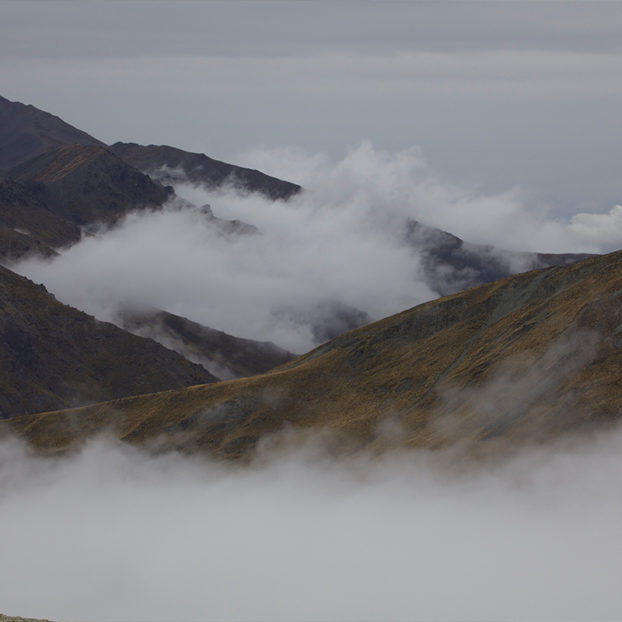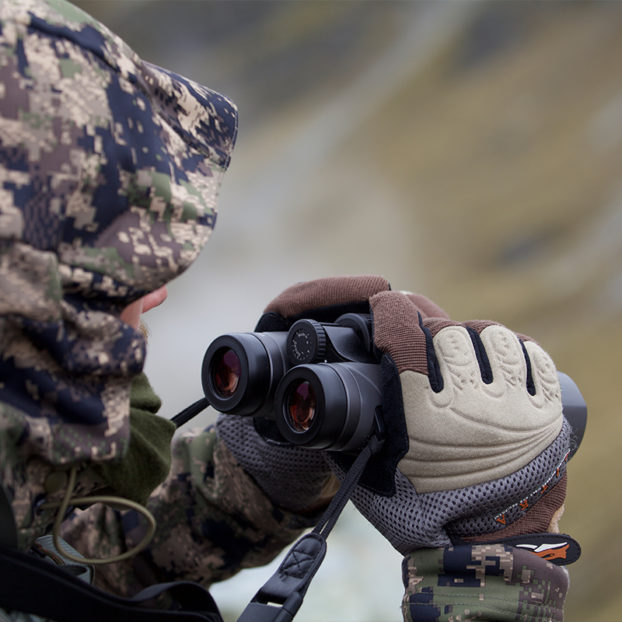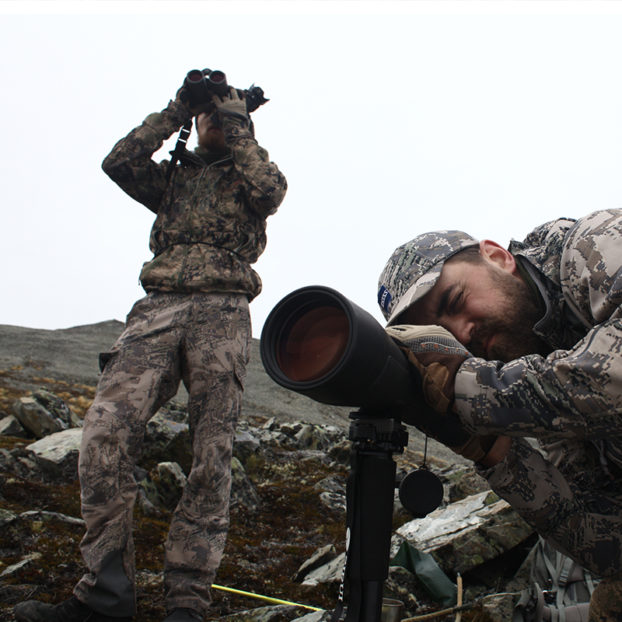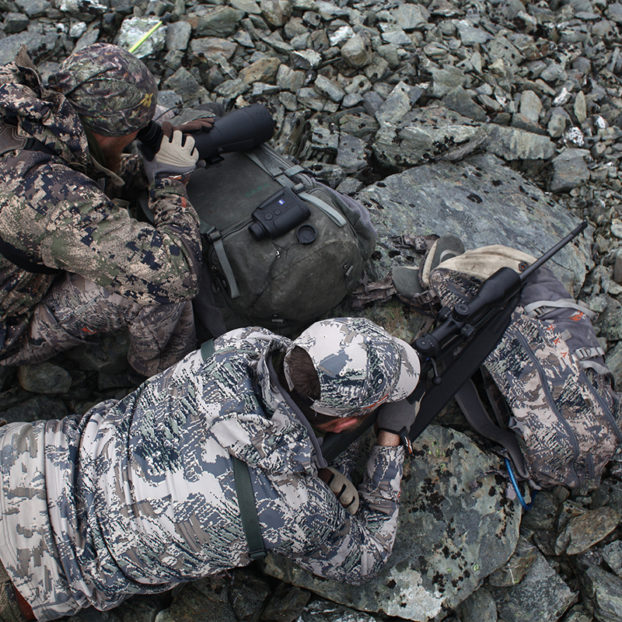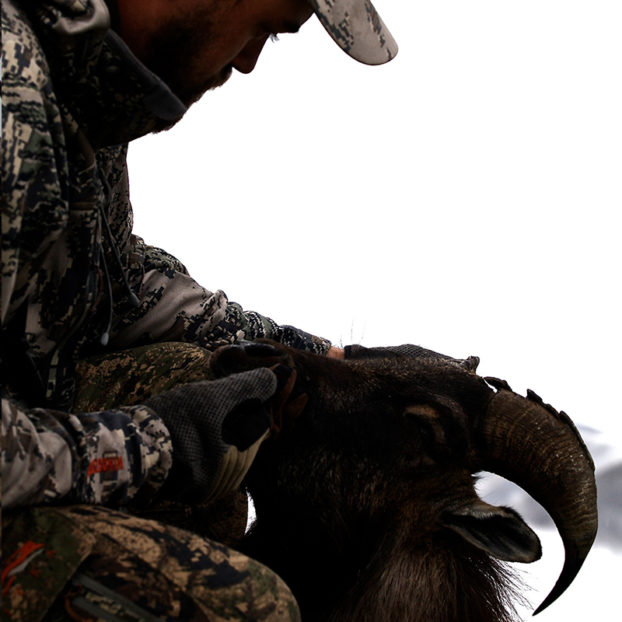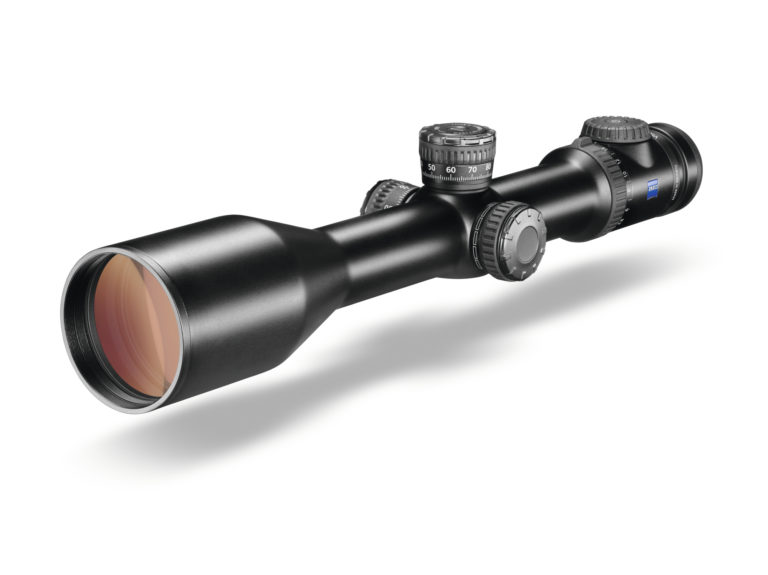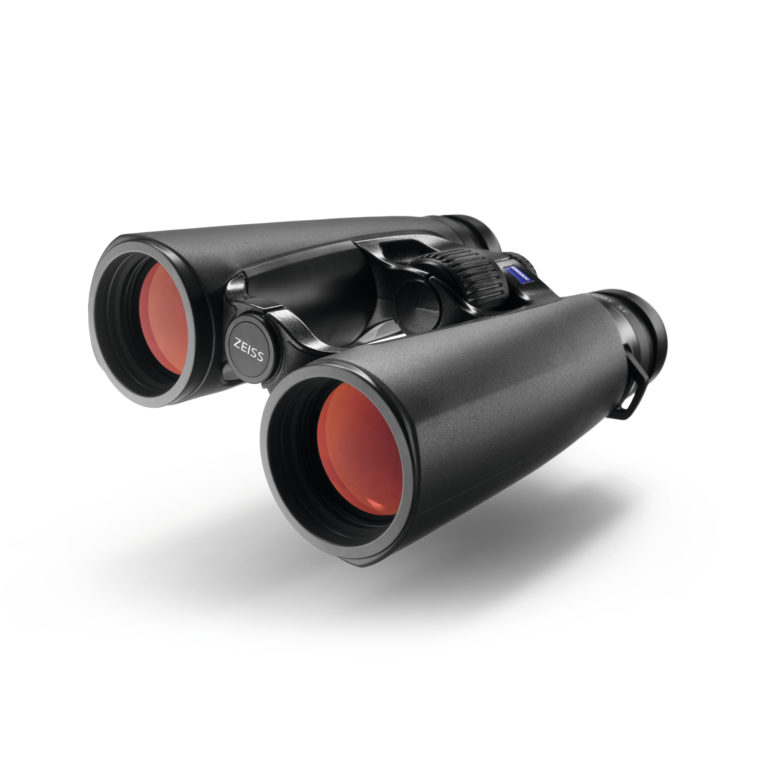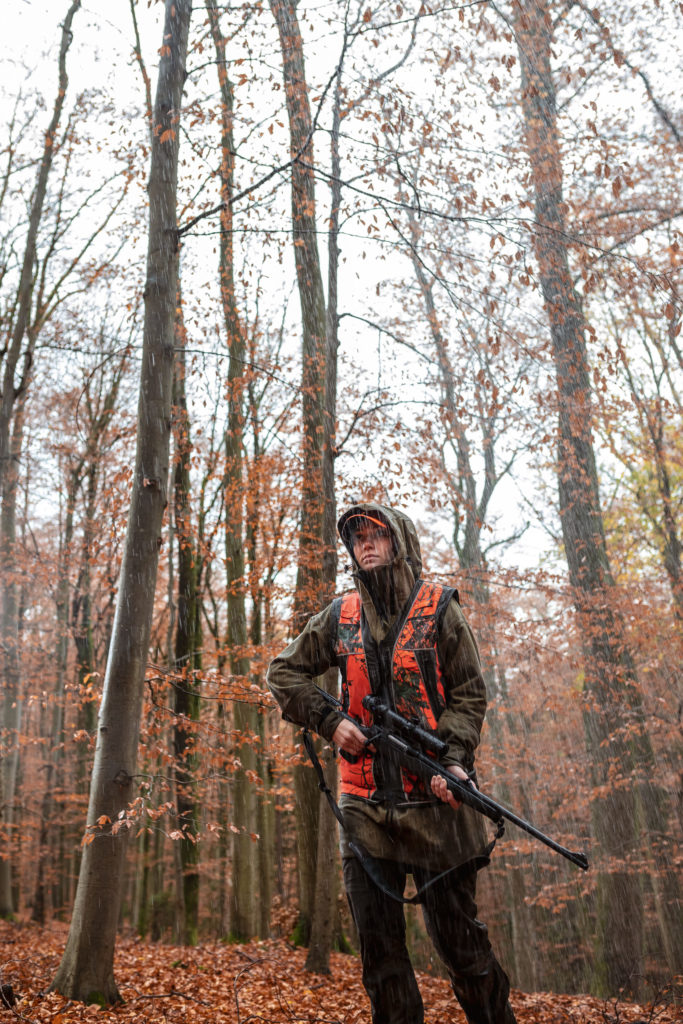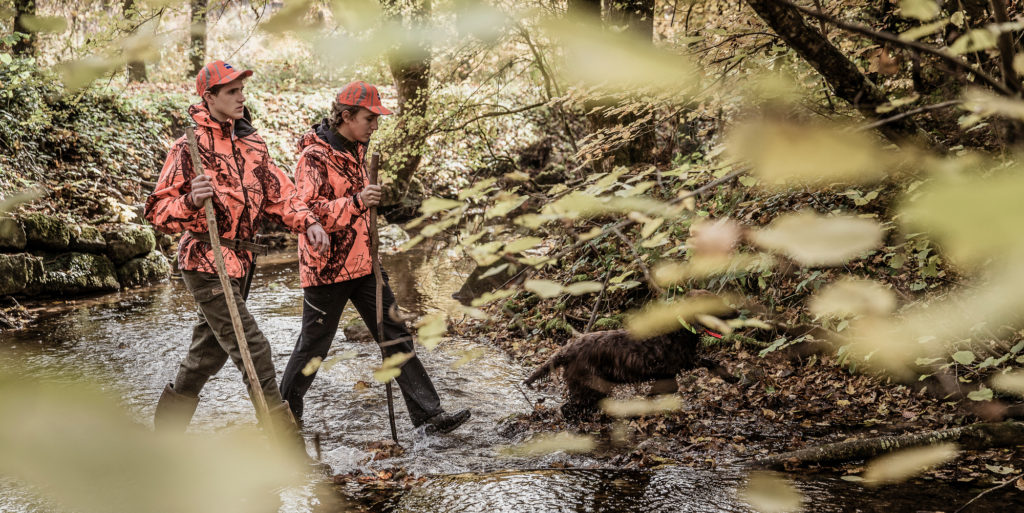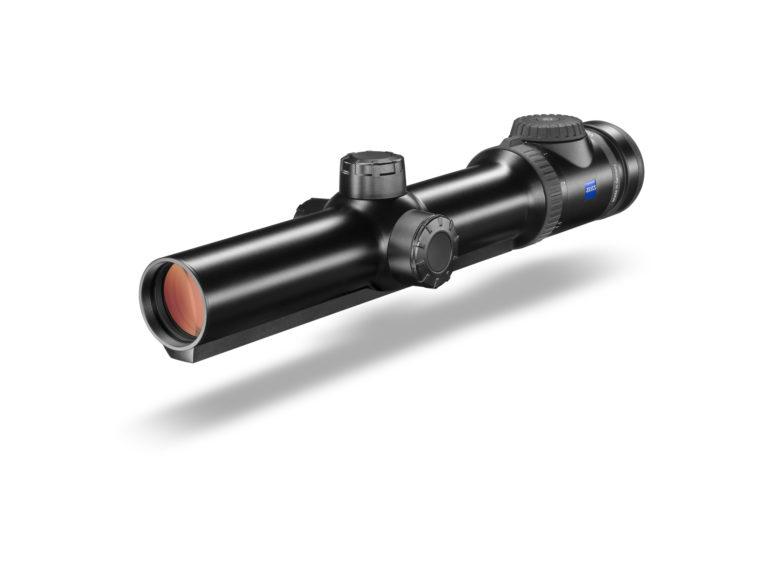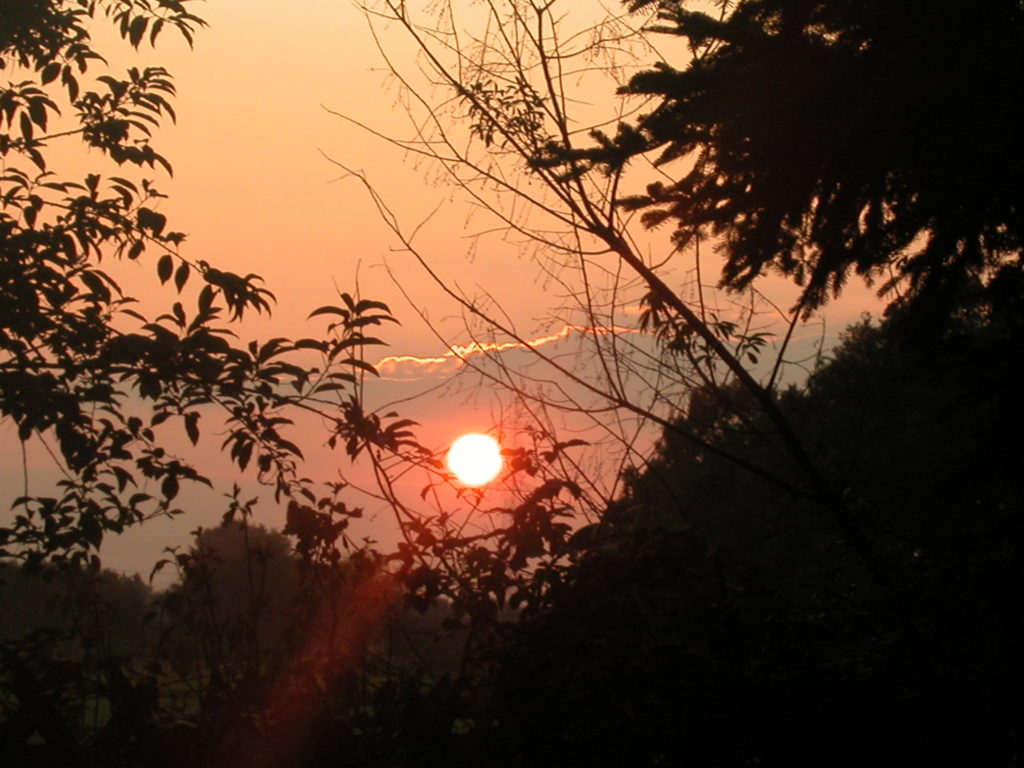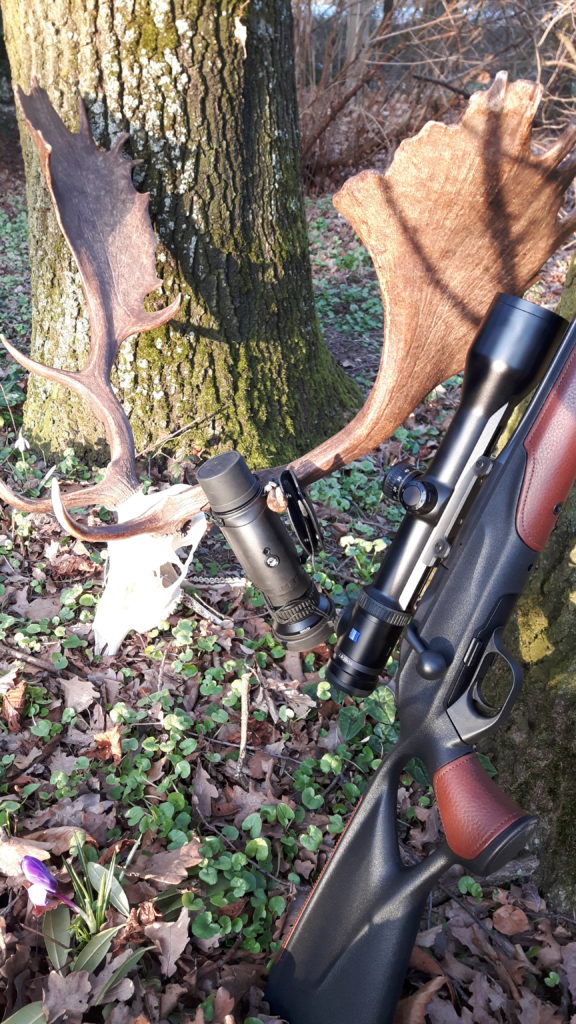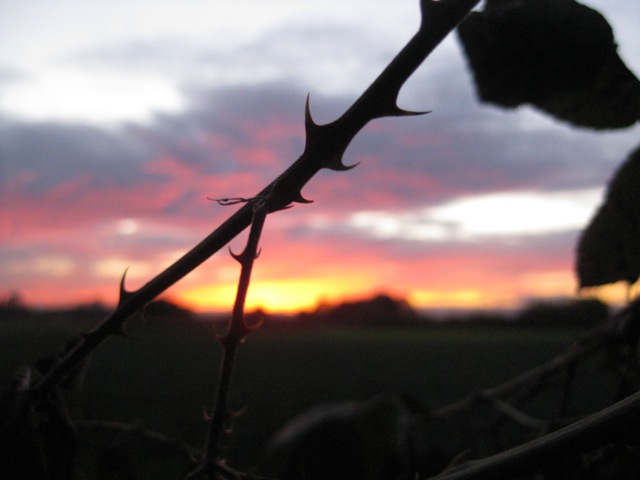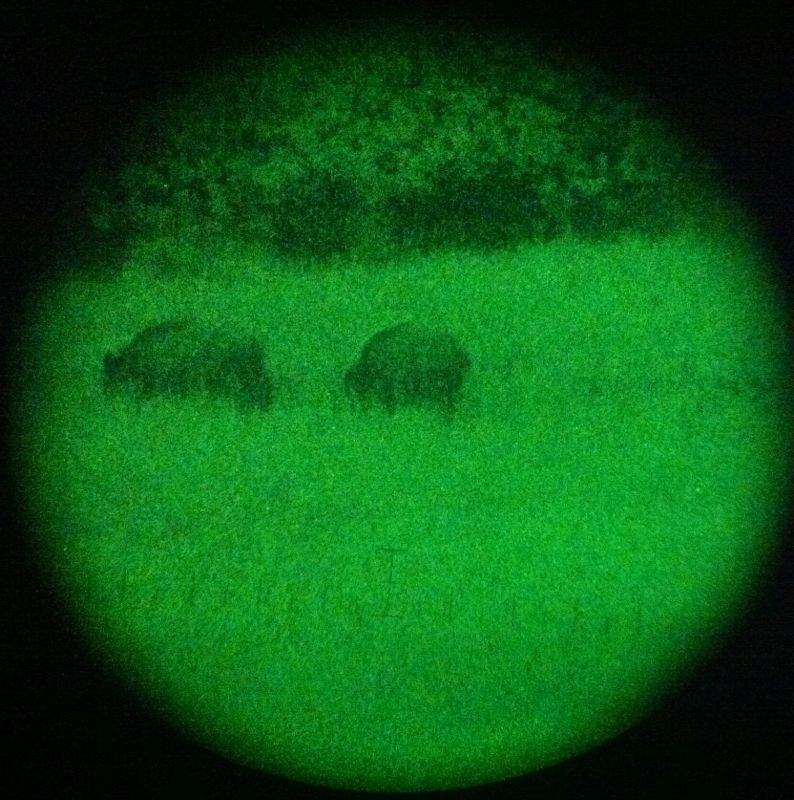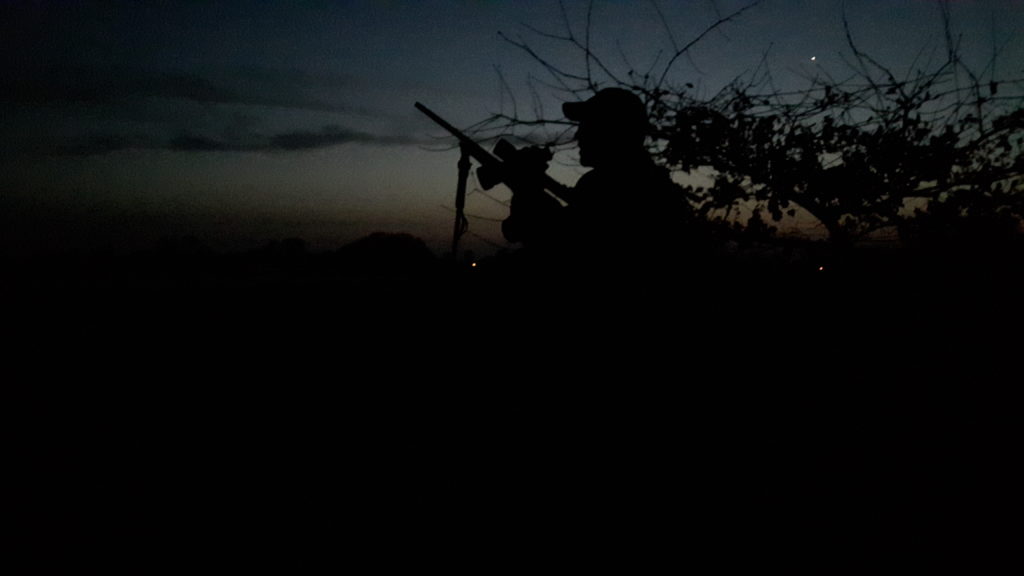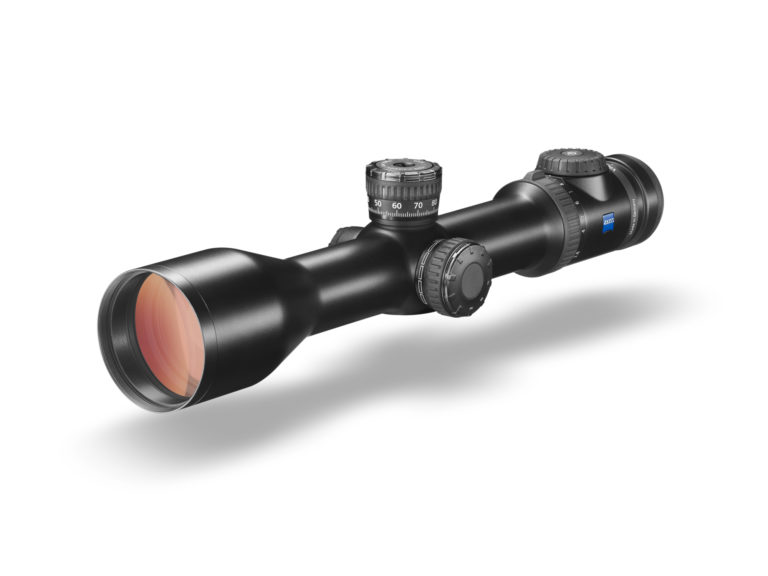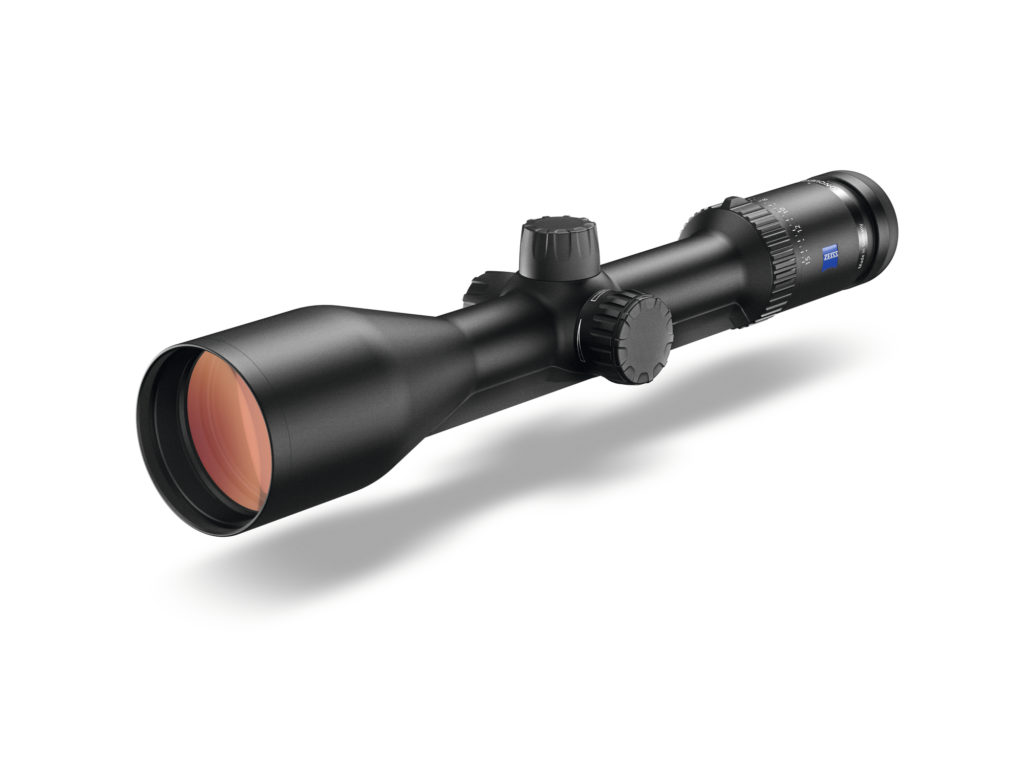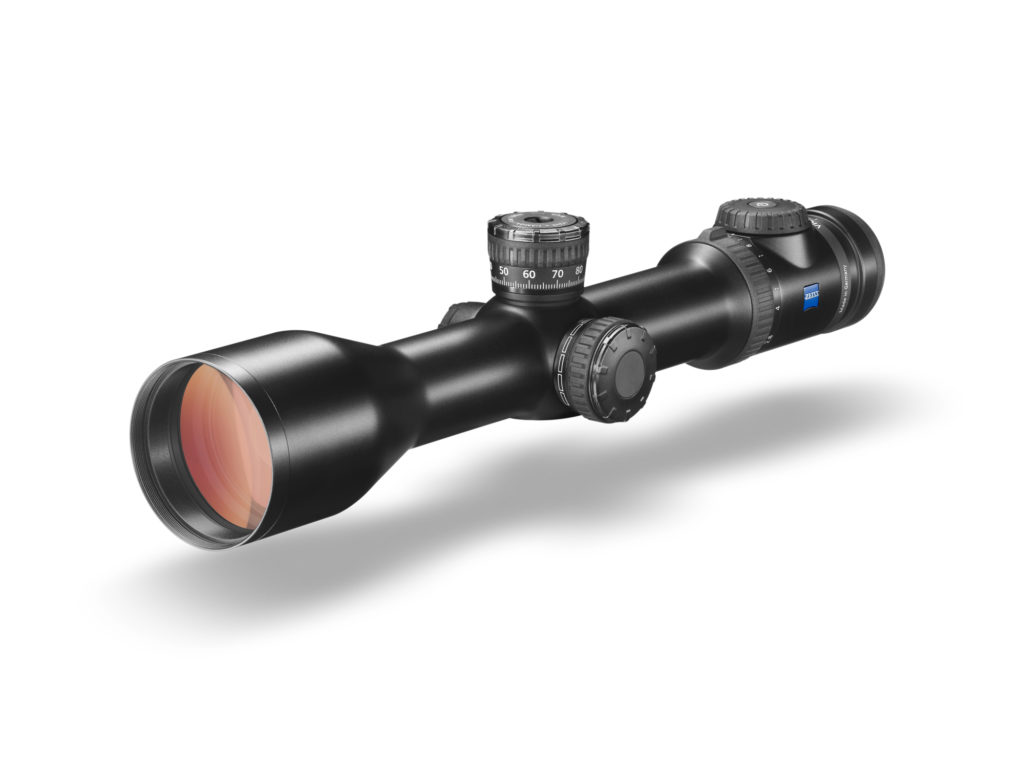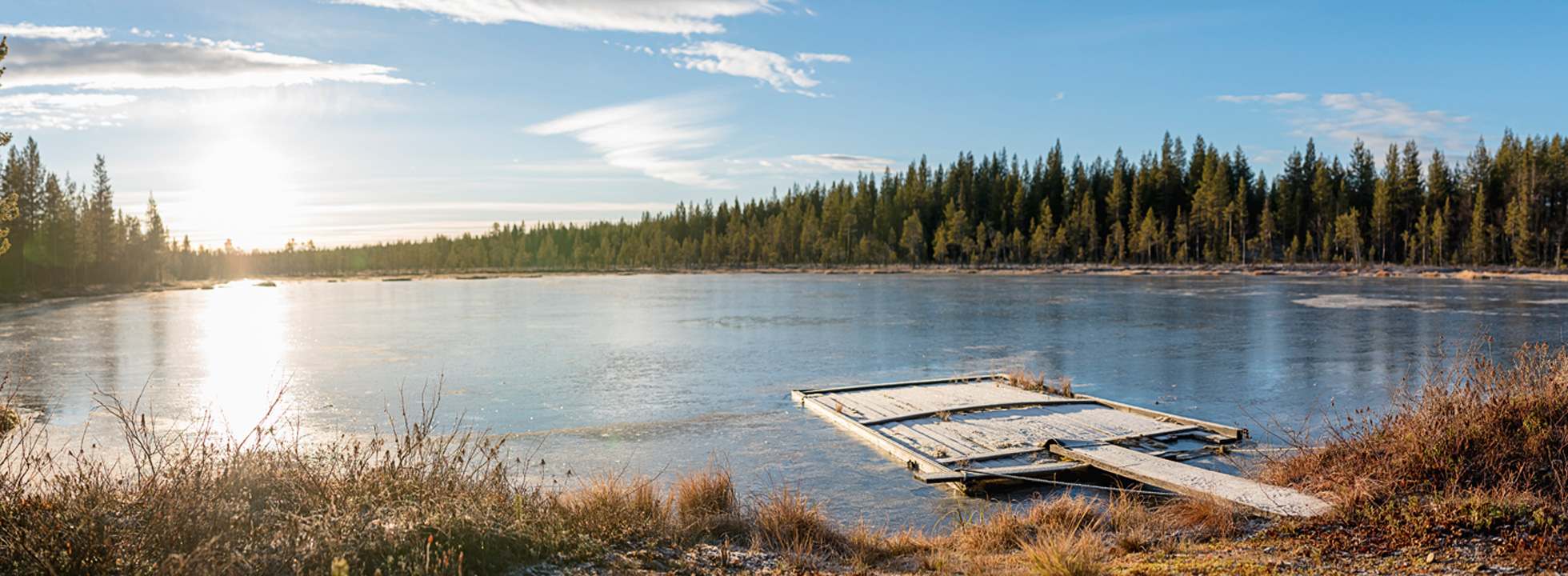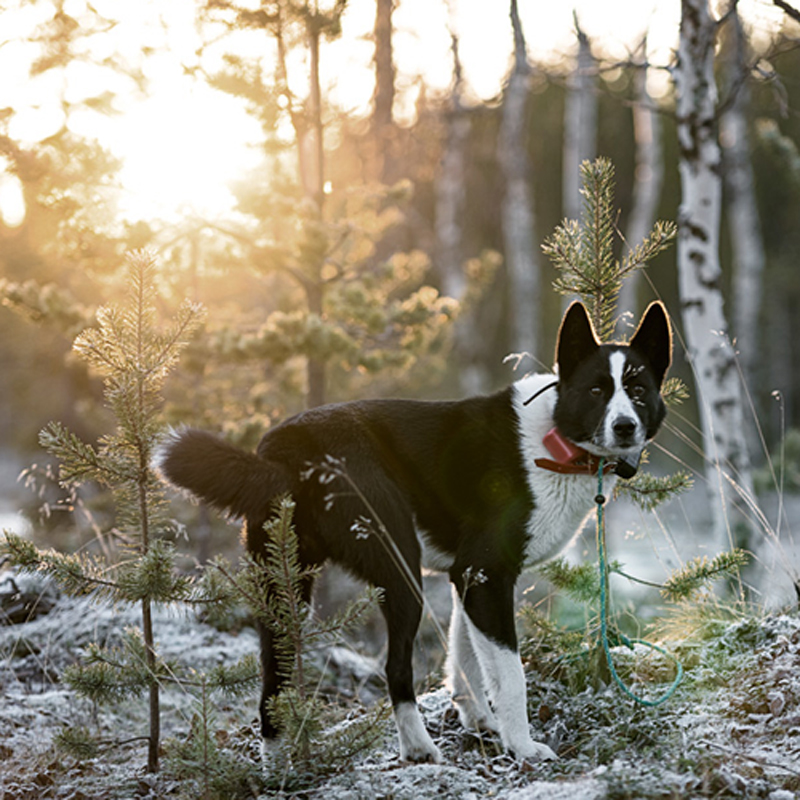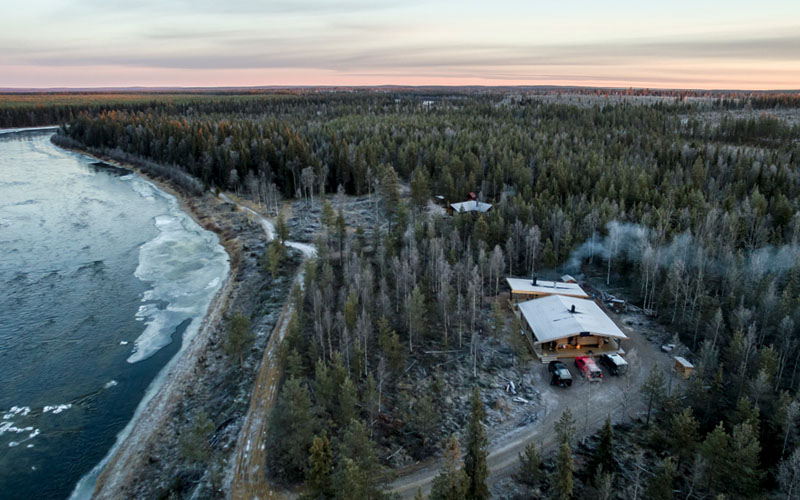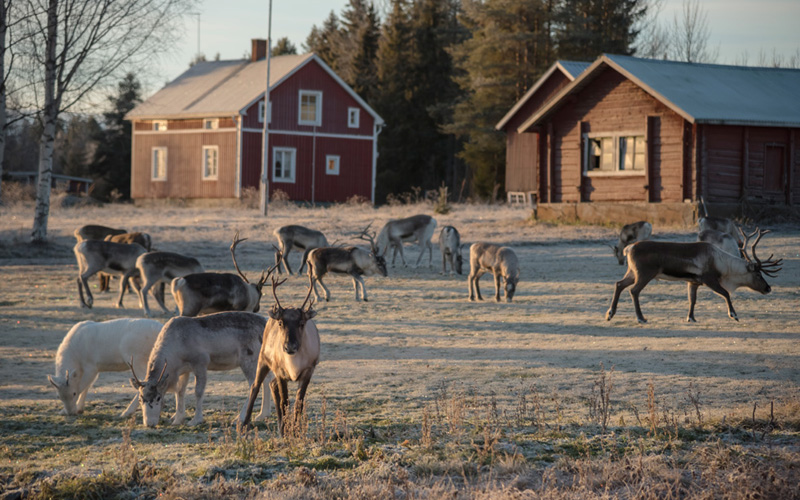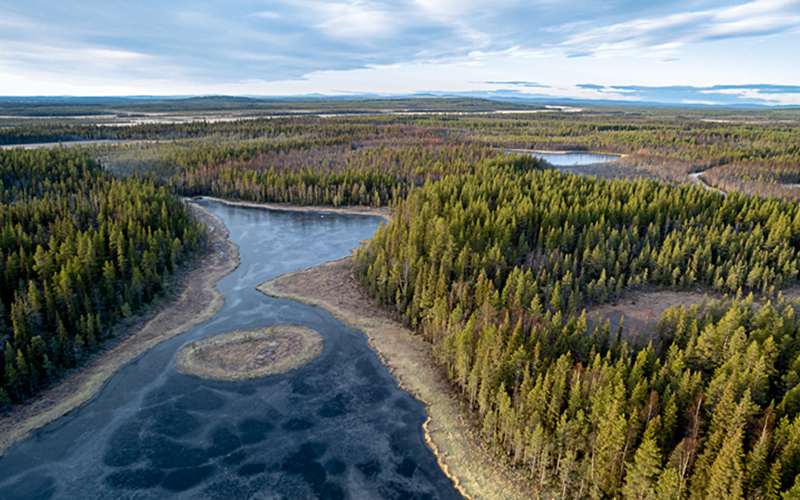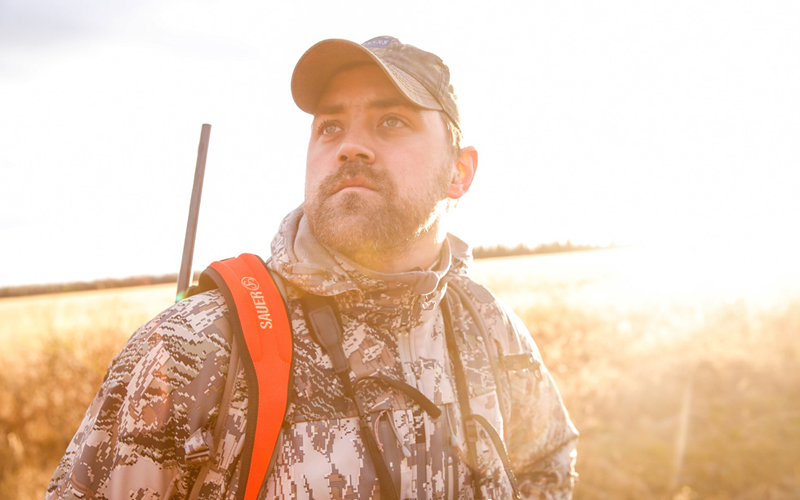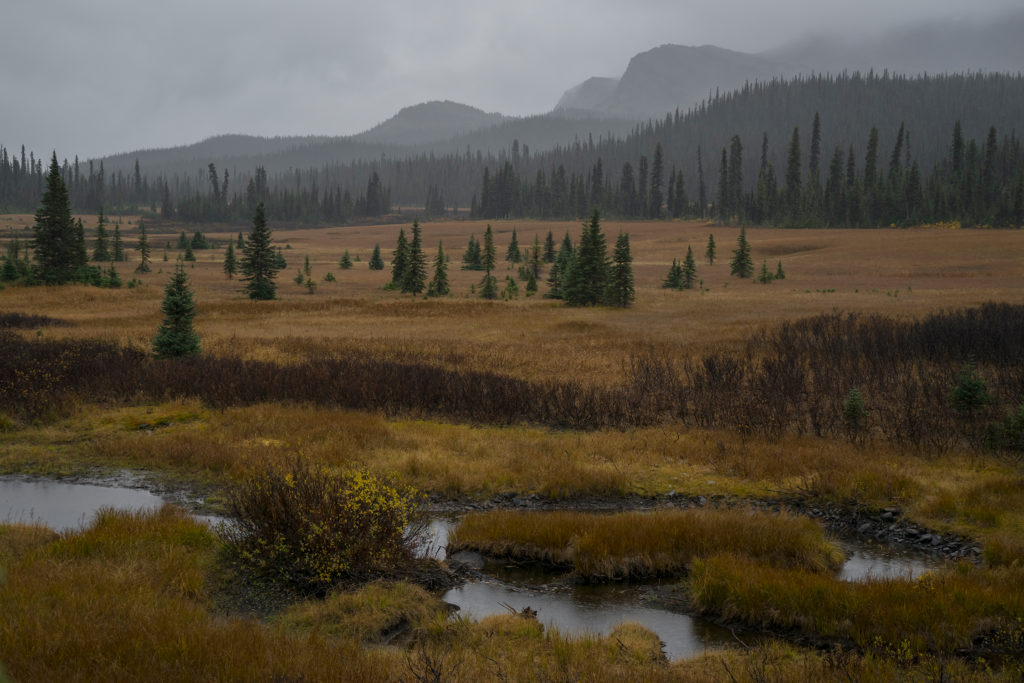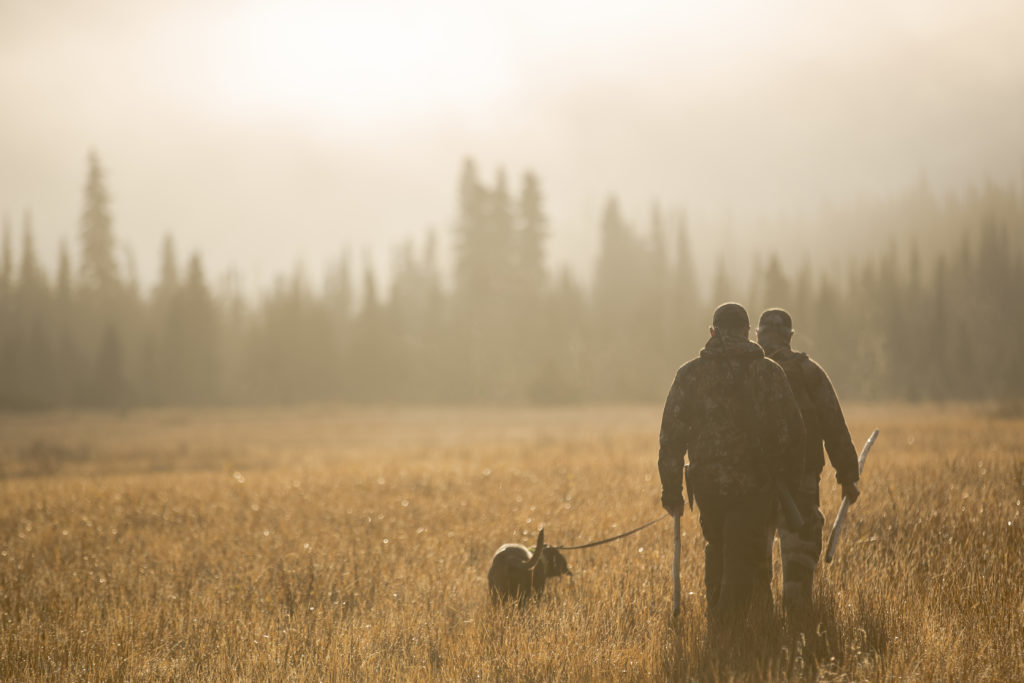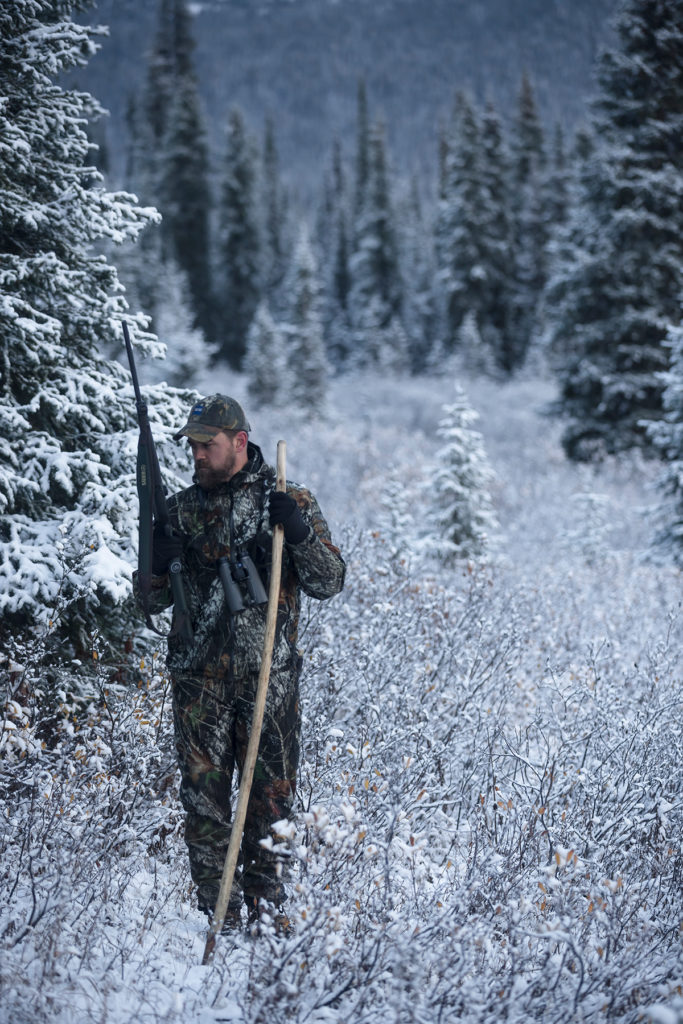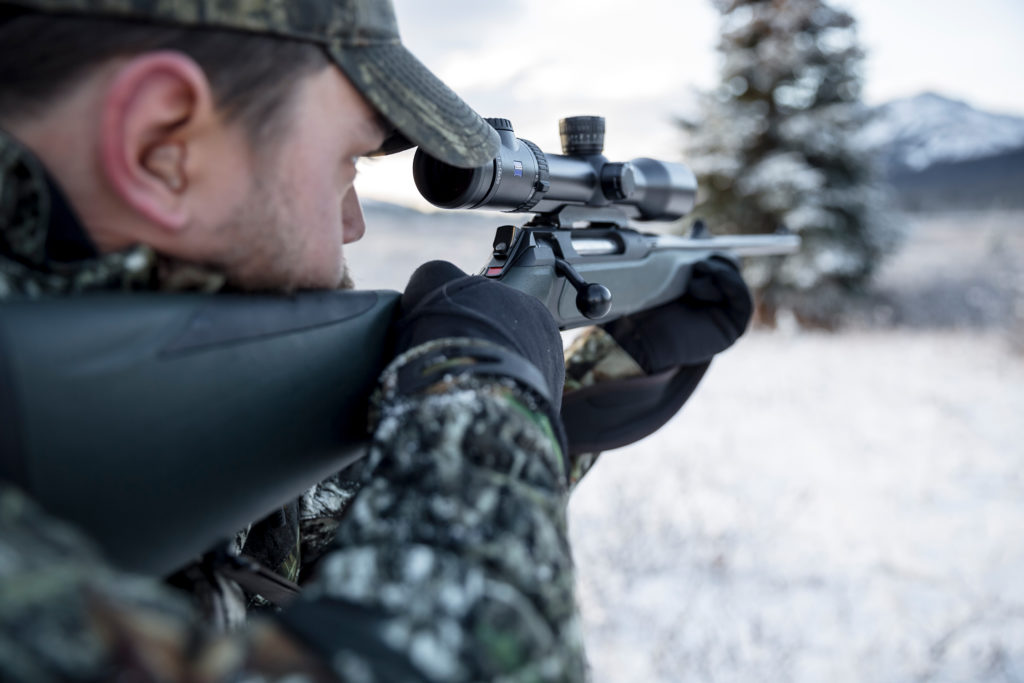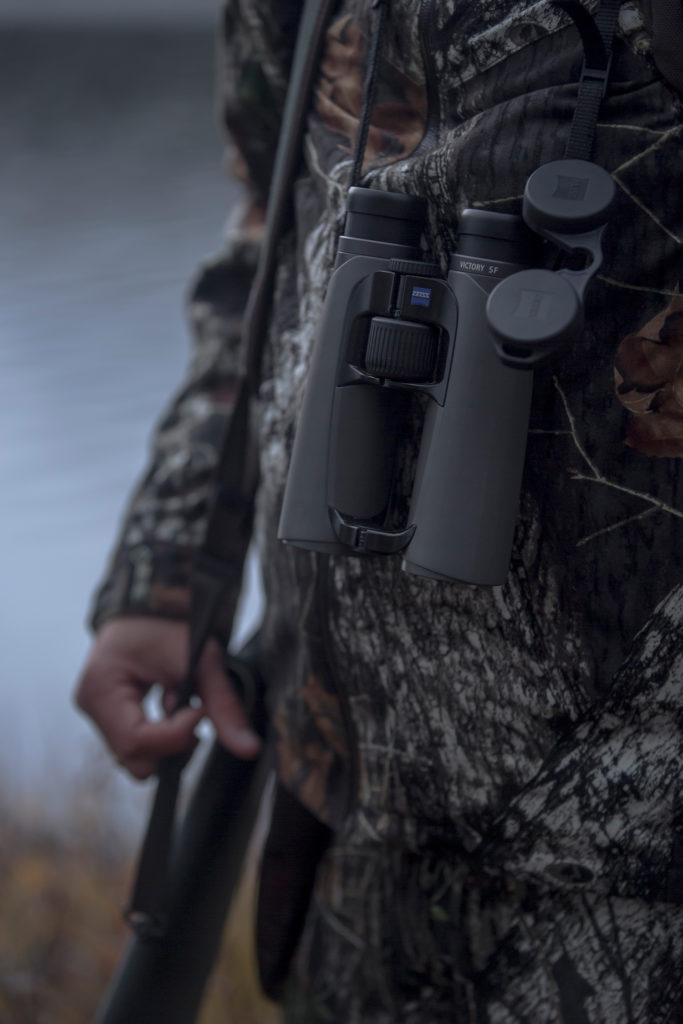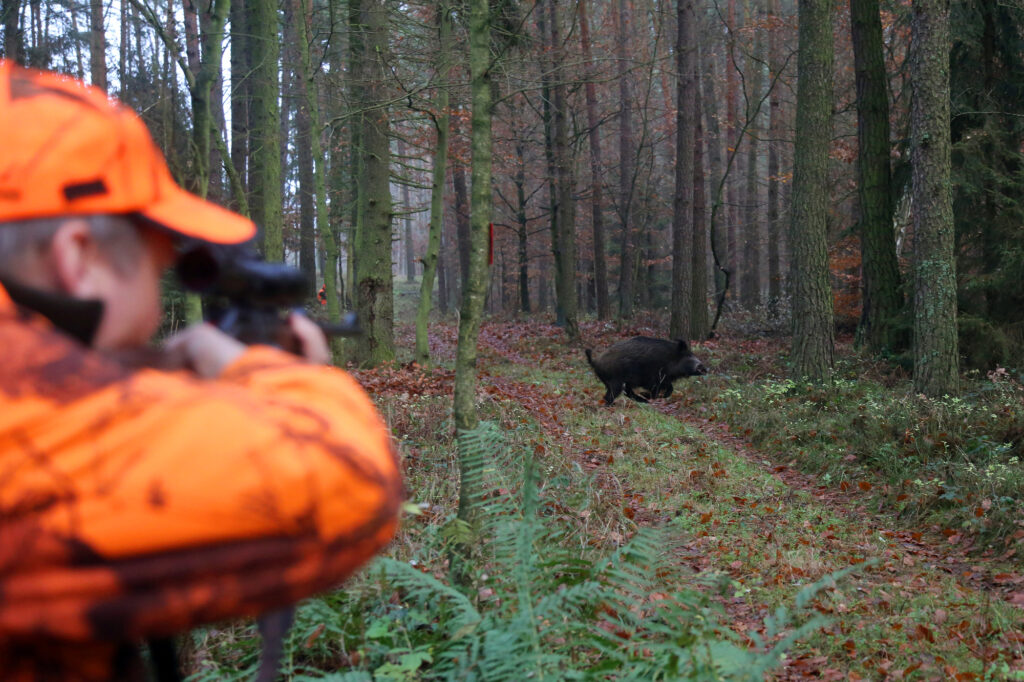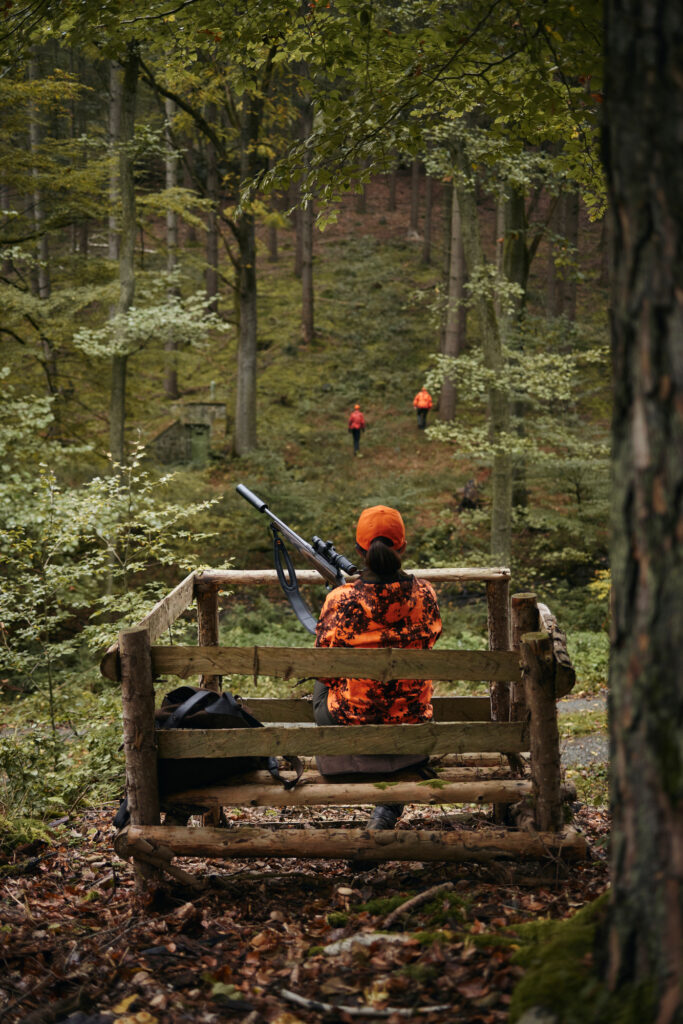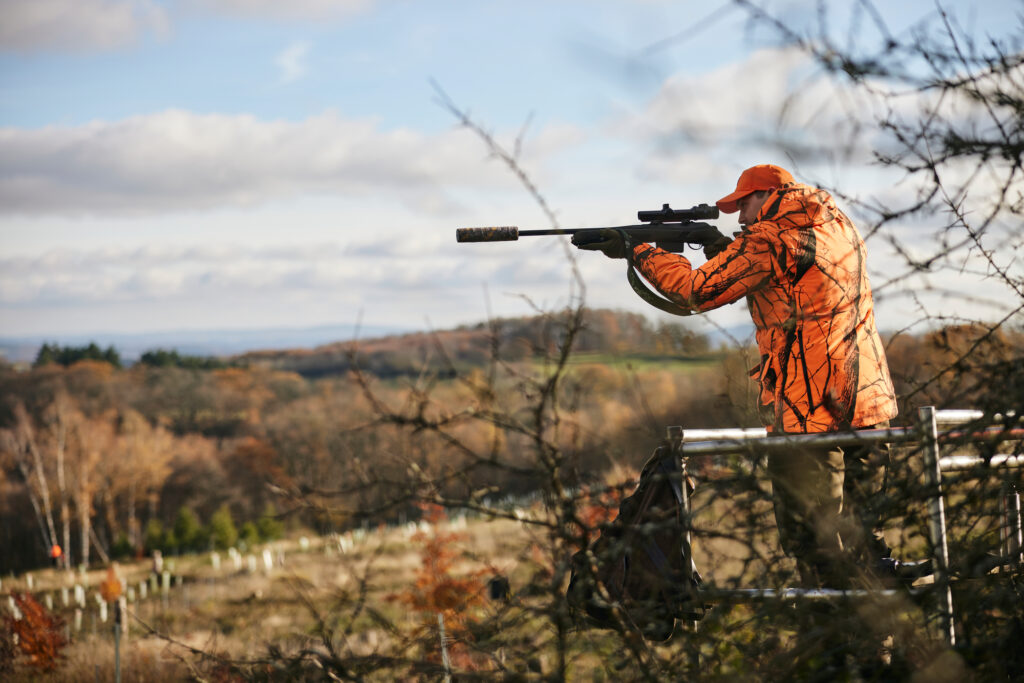Why the optimized ZEISS eyebox enables flexible viewing behavior with riflescopes.
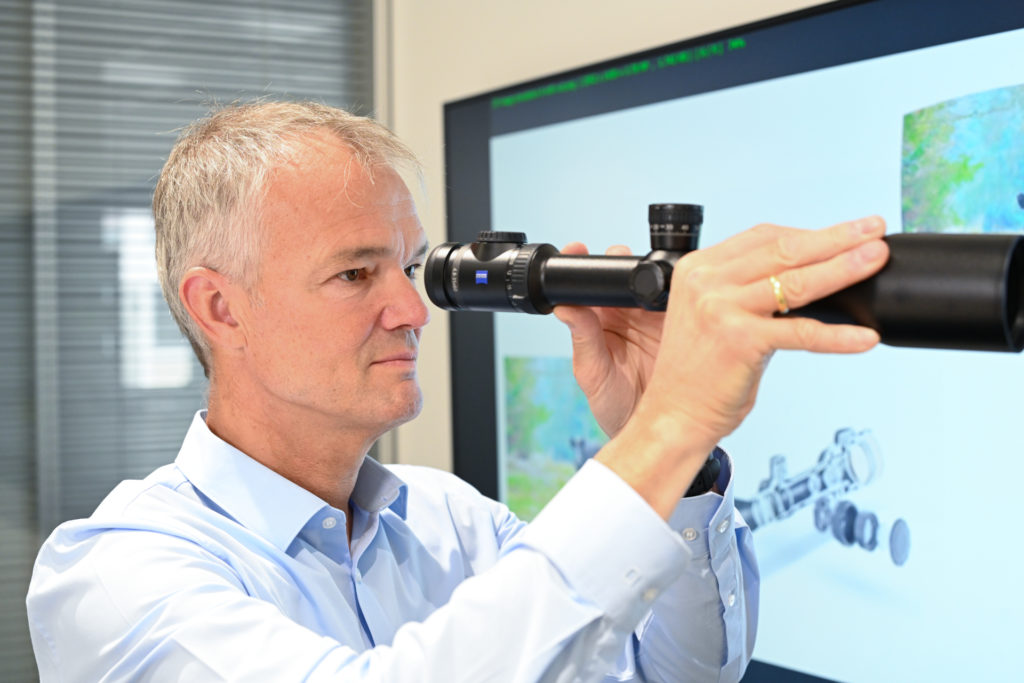
A pack of wild boars crosses the wide clearing. Now quickly turn your head to catch a glimpse through the scope. Keeping everything in view at the decisive moment and getting into aiming position in time can be crucial for a successful hunt. When rotating the body so quickly, having a riflescope with an optimized eye box is the key. In this interview with our Head of ZEISS Systems Design, Dr. Johannes Zellner, we find out why the eye box plays such an important role, how ZEISS has optimized the optical design for this purpose, and why elaborate digital imaging simulations play such an essential role in this process.
Why don’t you start by explaining to us exactly what the eye box is and why it plays such an important role in hunting?
Dr. Johannes Zellner: “The eye box is the usable area behind the riflescope. The geometric size of the eye box depends on the size of the entrance pupil, the magnification level, and the field of view. The actual usable area of this eye box is additionally defined by how well the image is corrected within this geometric eye box. The eye box should be as large as possible so that the eye can detect the sharpest possible image over the entire field of view, even if it isn’t positioned exactly. When hunting, especially during driven hunts or when stalking, i.e., when things have to happen quickly, a large eye box offers a decisive advantage, since the eye doesn’t have to be positioned as precisely and yet you can still move your head. Ultimately, it means you can aim at the target more easily and take an ethical shot at just the right moment.”
What are the distinguishing features of ZEISS riflescopes’ eye box?
Zellner: “In order to achieve the best possible view in all hunting situations, we optimize the eye box for different use cases, such as different pupil sizes and different positions of the eye in relation to the riflescope.
By minimizing the spherical aberration of the pupil image, we ensure that the back focal length of the exit pupil is constant over the entire field of view. This allows us to optimize the range in which hunters can move their head along the axis of the scope.
We optimize the optical image for the lowest possible color fringes when the eye is off-center perpendicular to the axis of the riflescope. Last but not least, we ensure that the image exhibits as little vignetting as possible right up to the edge of the field of view at all magnifications. In other words, we engineer the optical design so that the view of hunting situations is as sharp and bright as possible, even when there’s a lot of movement.”
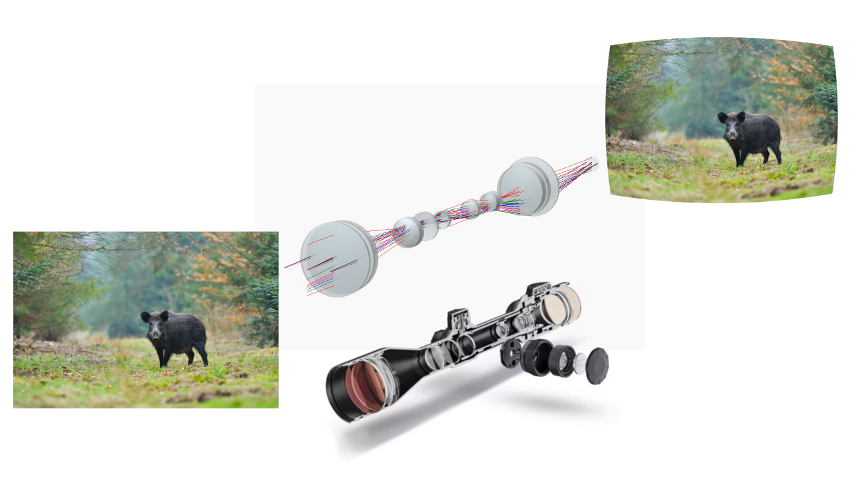

And how does ZEISS achieve such an optimized optical design?
Zellner: “In addition to optimizing imaging performance for different situations, we also want our riflescopes to offer hunters the highest possible degree of light transmission at a low weight. When it comes to optical design, we therefore have to achieve the perfect balance between high imaging performance and low weight, i.e., a small number of lenses.
We evaluate and compare different optical design alternatives using elaborate digital imaging simulations, which we also call “digital twins” – a kind of virtual prototype.
Imaging simulations can be used to depict real images of a hunting situation, such as aiming at a wild boar, under a wide range of usage conditions. This allows us to assess imaging performance of different optical design stages under real-life conditions, even before ever holding the product in our hands. The use of such “digital twins” has extremely shortened the cycles between optical design and validation under real-world conditions. This allows us to evaluate a larger number of design variations and achieve the optimal eye box for the hunting application. When it comes to imaging performance, we aren’t willing to accept any compromises!”
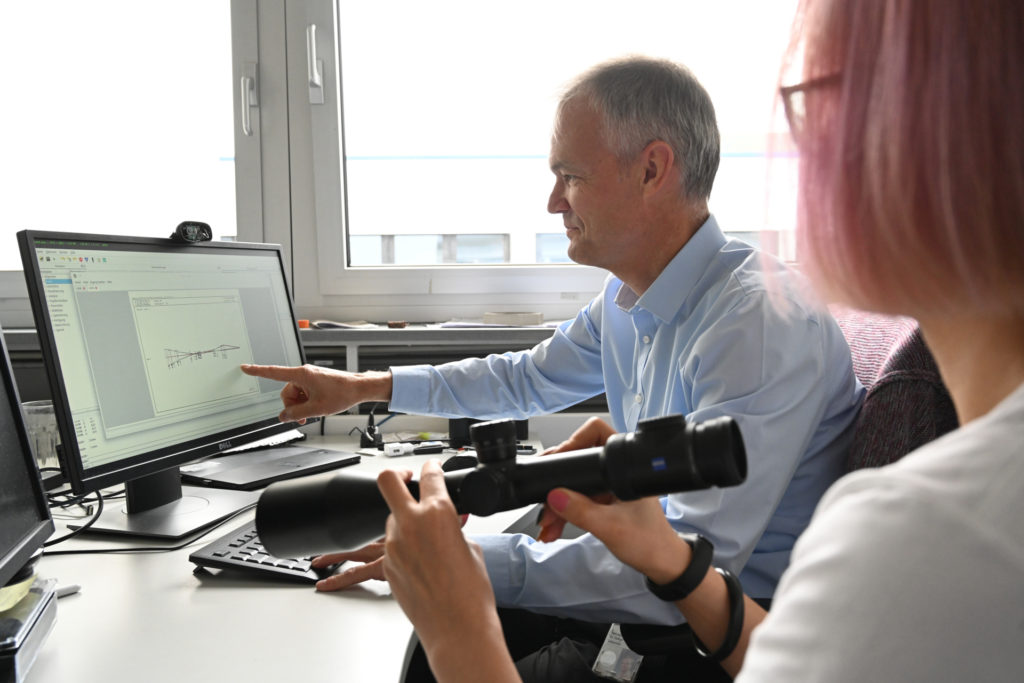
So how can hunters recognize a good eye box when buying a riflescope?
Zellner: “The best way to identify a large eye box is simply by moving the eye off-center, or forward and backward, in the area of the riflescope’s exit pupil and comparing different riflescopes. ZEISS riflescopes maintain excellent, low-vignetting imaging performance when moving the eye within the geometrically usable eye box.
All in all, you can say that the optimized eye box offers a particularly flexible viewing experience and gives hunters more room to maneuver when positioning their eye, even in dynamic hunting situations. Thanks to digital imaging simulations, ZEISS has improved the optical design to offer a bright and sharp image, even when the eye isn’t perfectly aligned with the riflescope’s exit pupil.”
